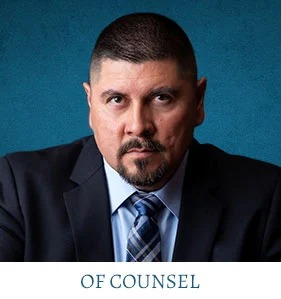Brachial palsy, or brachial plexus, is a type of injury that newborns can sustain and it involves the nerves of the spinal cord. The cause of this particular type of birth injury is shoulder trauma and inflammation. While this can occur at times when nothing could have prevented it, other times, it is caused by the malpractice of a doctor during delivery. A newborn child is already extremely sensitive to injury, which means that one wrong move of the shoulder could result in this. When the nerve roots are moved, they can tear away from the spinal column where they are supposed to be. Consequently, the scar tissue that surrounds the site of the injury can put unwanted pressure on the already injured nerve which can cause complications with the muscles.
For a free legal consultation with a brachial palsy lawyer serving Austin, call 800-863-5312
One way this can happen is during an already difficult childbirth. The head is delivered first, except in the case of a breech, and sometimes the shoulders cannot pass through after it. This may require manipulation, and the doctor has to decide what to do. In a sense, a doctor may have to choose dislocating the shoulder of a child if it means saving its life. A child that is stuck in one position during birth for too long may result in death because of a compressed umbilical cord. This particular kind of scenario takes place in approximately one percent of all vaginal (rather than cesarean) births. Your doctor may be at fault if they pulled unnecessarily on your infant’s shoulders during delivery.
Call or text 800-863-5312 or complete a Free Case Evaluation form


























